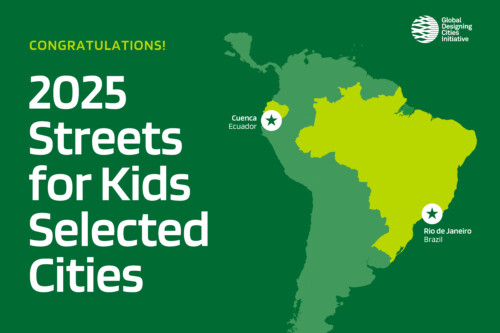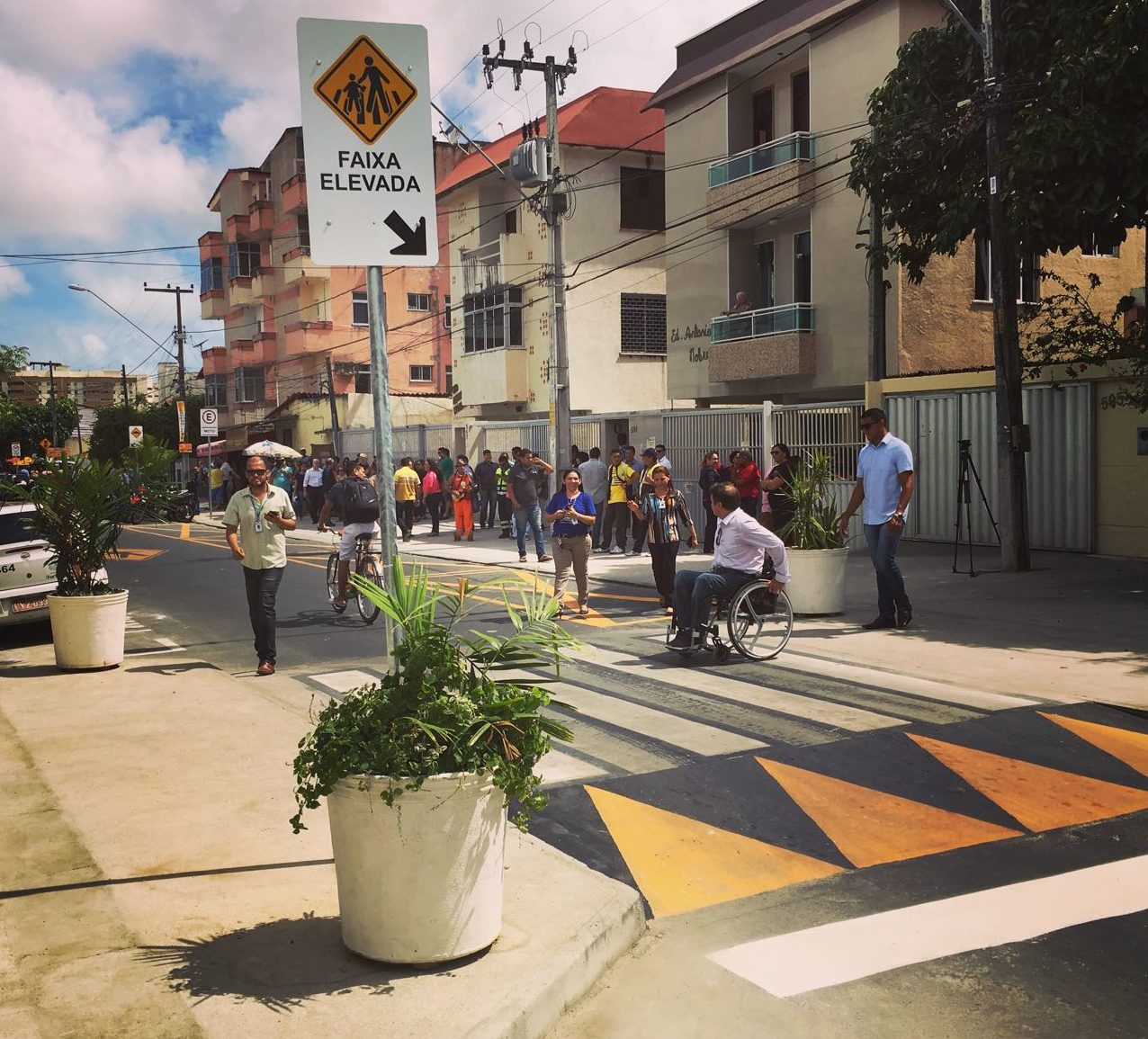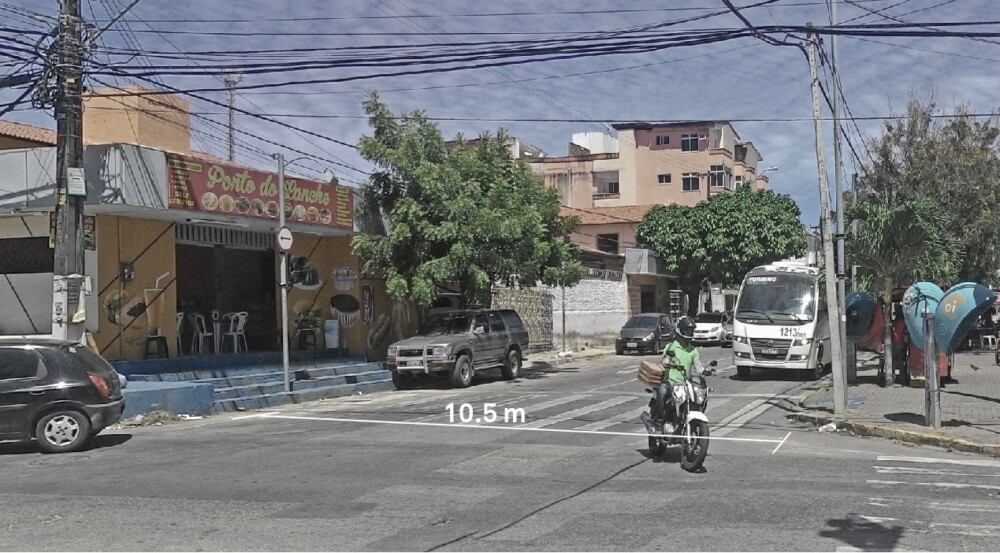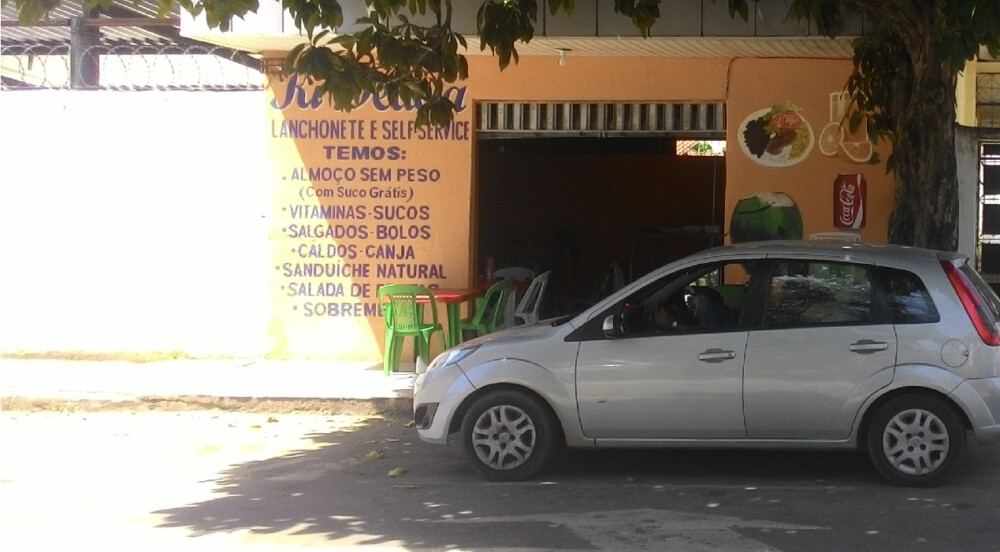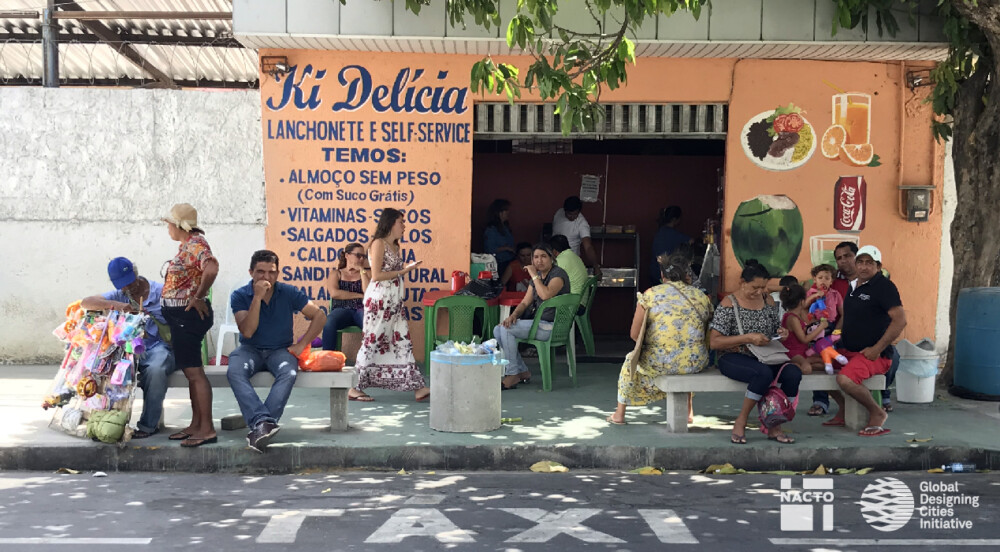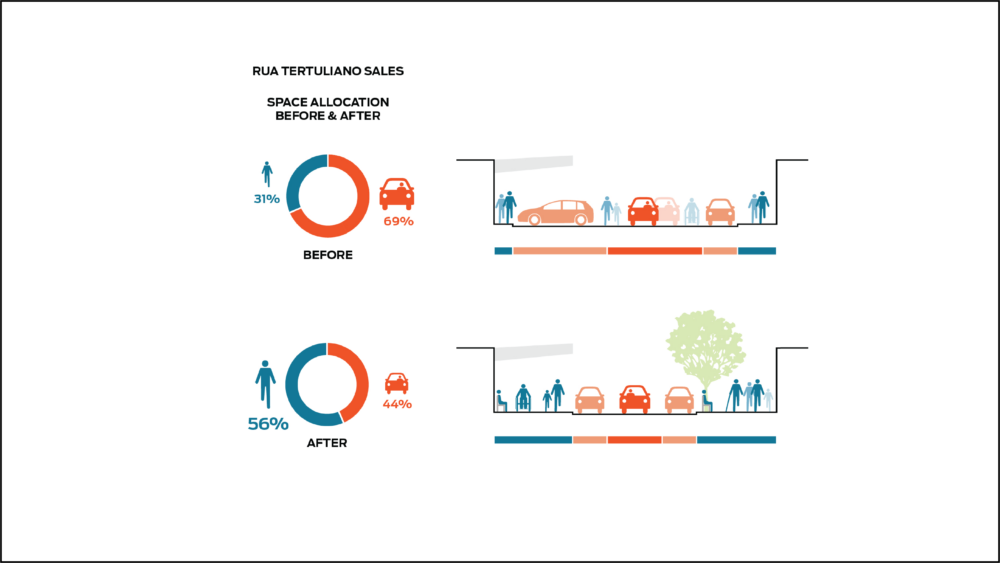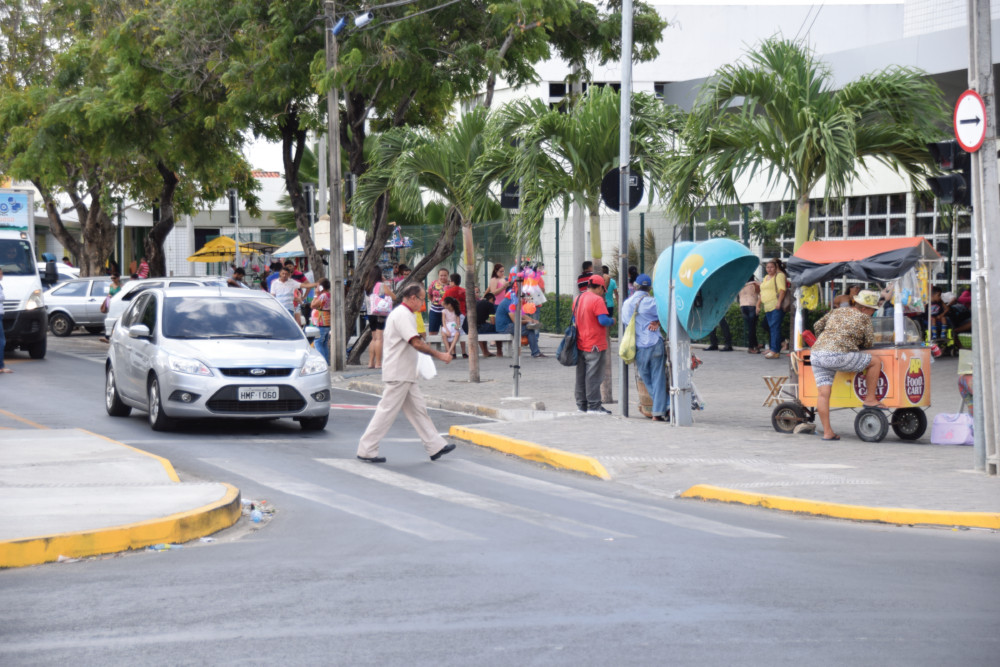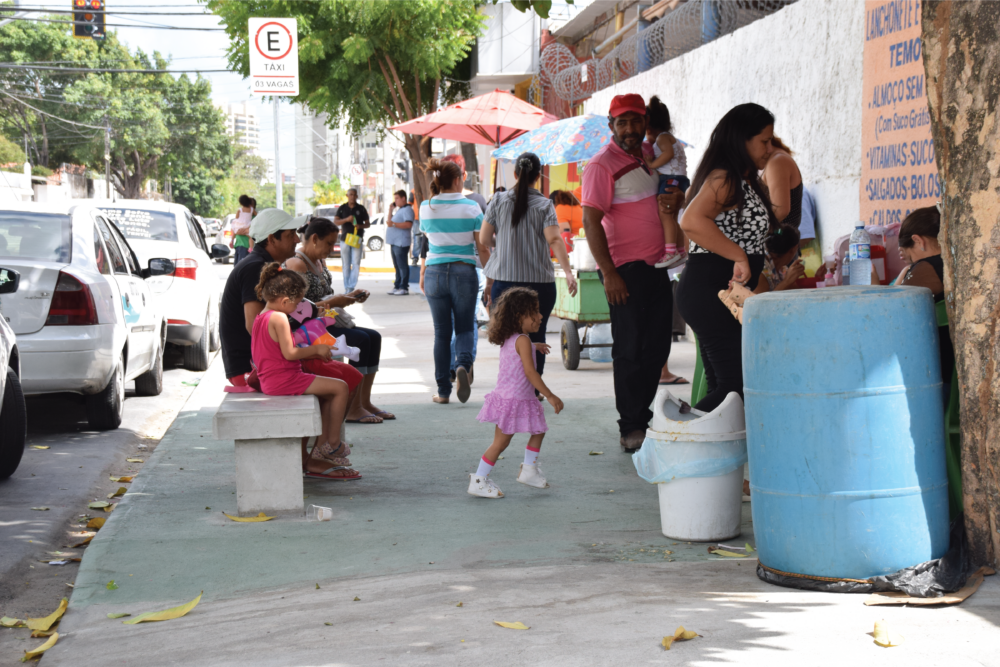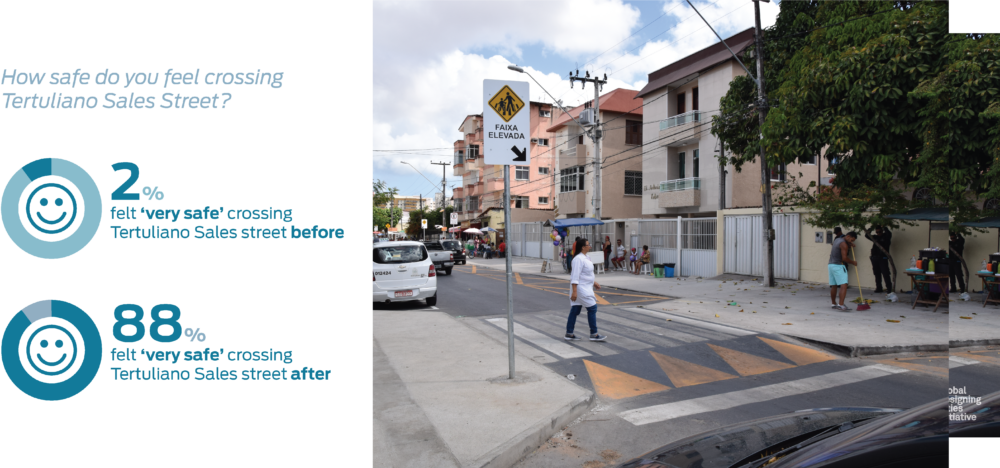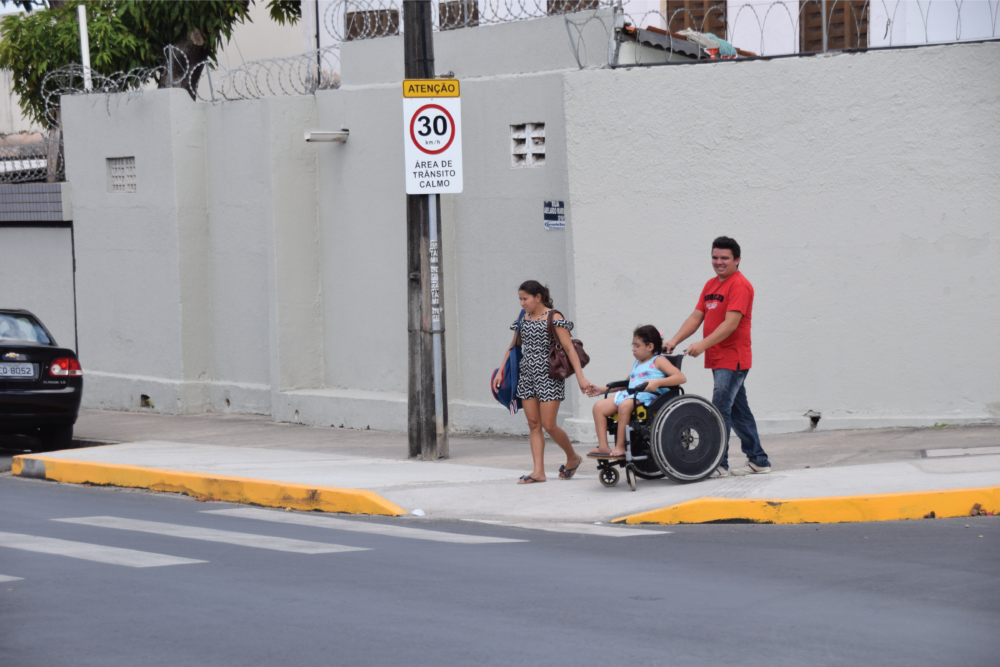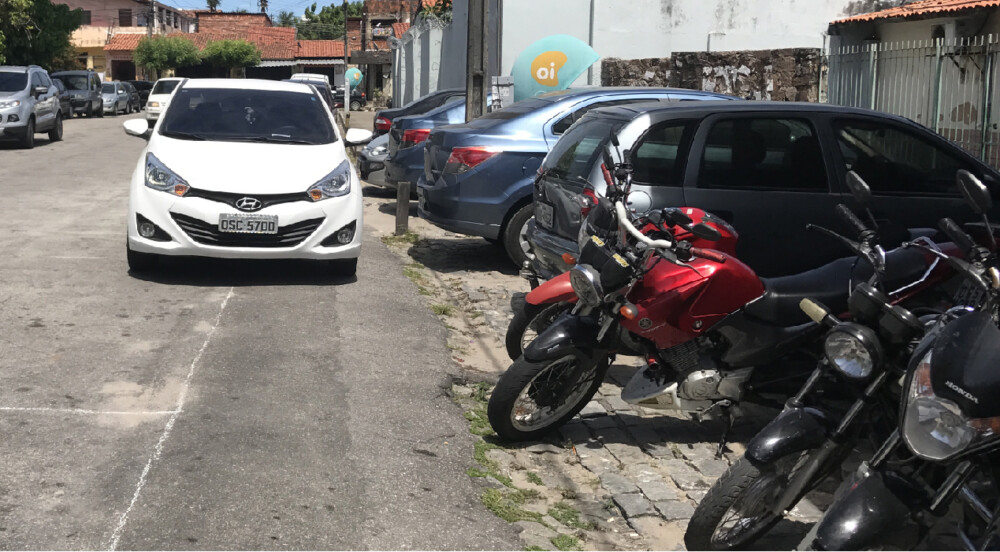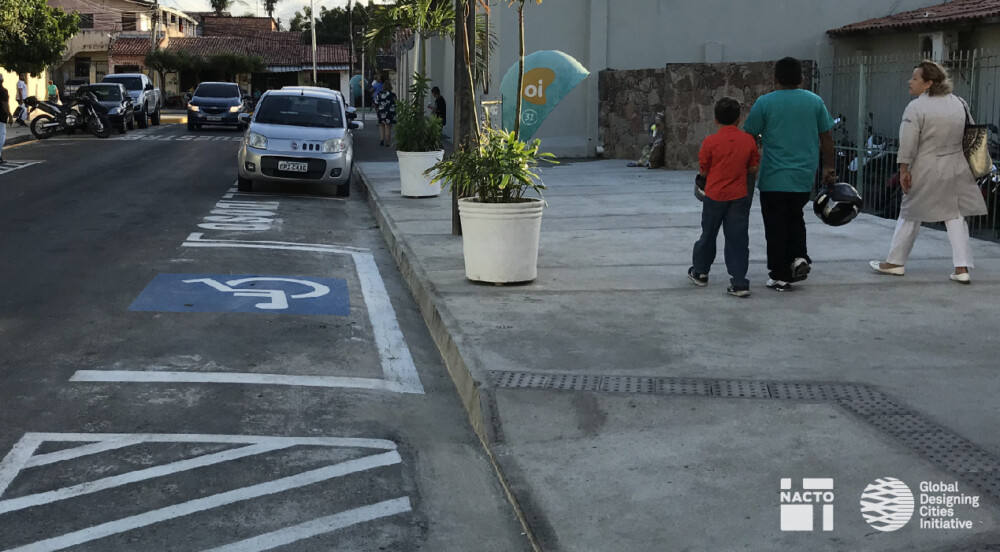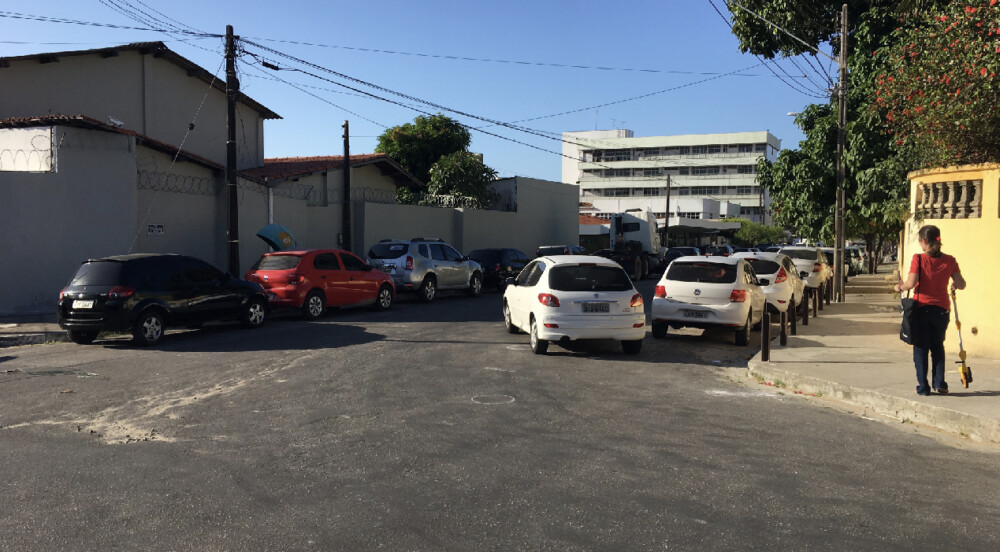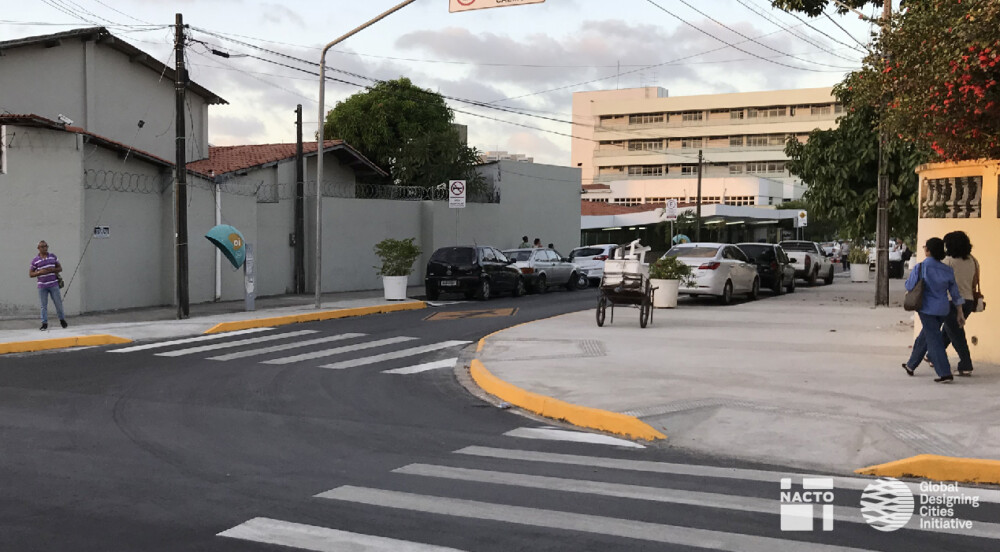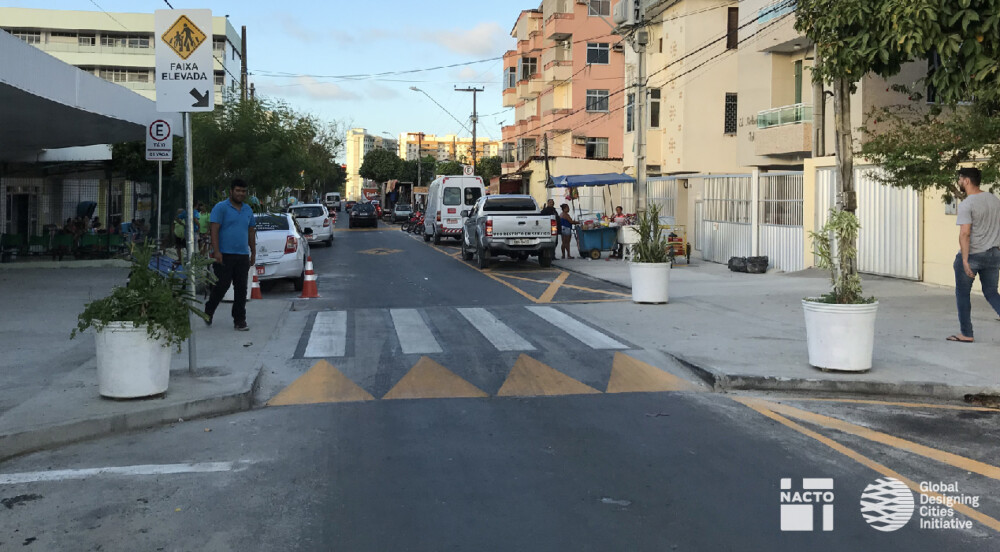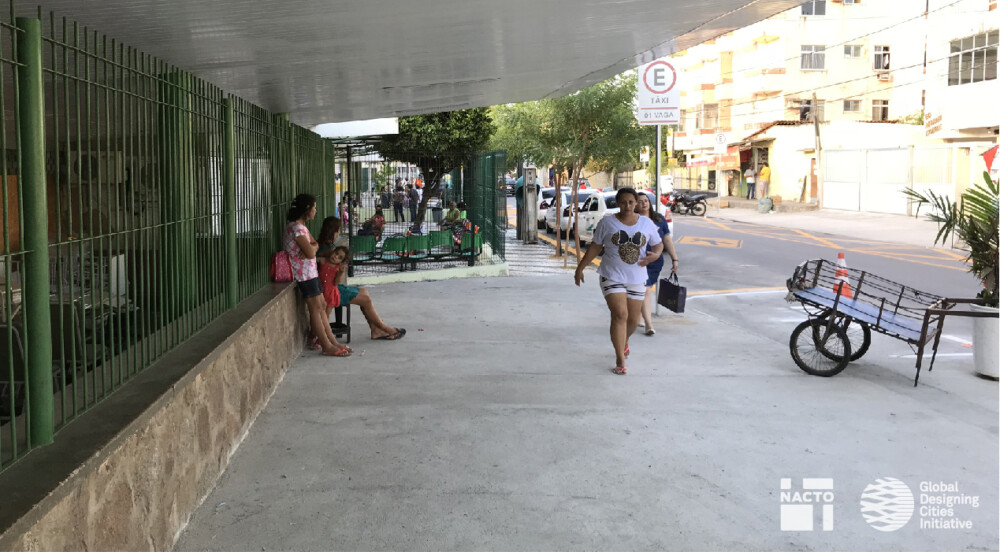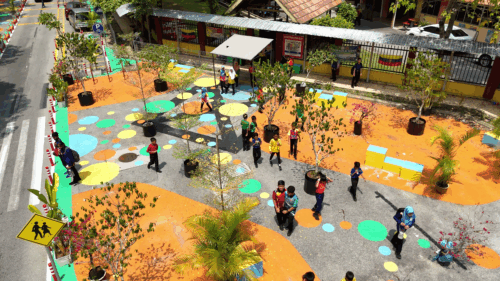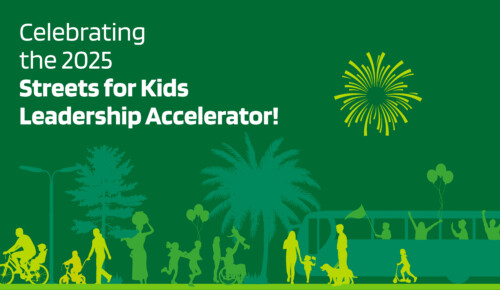In late 2017, the GDCI team partnered with city officials, the Albert Sabin Children’s Hospital, the World Resources Institute (WRI), and Vital Strategies, through the Bloomberg Initiative for Global Road Safety (BIGRS), to transform the safety of the streets surrounding the hospital. This area, in Fortaleza, Brazil, is now equipped with safe pedestrian infrastructure that has reduced the number of people walking on the roadbed by 86%, and greatly improved accessibility to the hospital.
Providing safe access to healthcare facilities is necessary for any high-quality public health system. However, recently in the city of Fortaleza, Brazil, this was not the case for the children’s hospital Albert Sabin. This is a major public pediatric facility, serving hundreds of young patients every day. The majority of patients arrive on foot from a nearby bus stop, but the street that gives access to the hospital, named Tertuliano Sales, was dominated by cars. Sidewalks in the area were extremely narrow and in poor condition, which led about 50% of children moving to and from the hospital (many with disabilities) to walk or be carried on the roadbed–an obviously unsafe and uncomfortable condition.
Acknowledging this dangerous situation, the hospital asked local officials for help. With support from the Bloomberg Philanthropies Initiative for Global Road Safety, GDCI, World Resources Institute, and Vital Strategies, the city of Fortaleza developed strategies to improve road safety and accessibility, and create additional public space along Tertuliano Sales street. The project is part of the city’s Traffic- Calmed Areas program and comprises the entire Vila União neighborhood.
Applying global best practices, the project aimed to drastically change the street configuration to prioritize pedestrians. More than 1,000 square meters of underutilized road space were repurposed and converted into continuous and accessible sidewalks. Traffic-calming measures such as curb extensions, raised crosswalks, speed bumps, narrower travel lanes, and tighter turning radii encourage drivers to practice safer speeds. Introducing these elements also reduced crossing distances by up to 67%, increasing visibility and reducing the risk of crashes for pedestrians.
Shorter crossing distances enhance visibility significantly and reduce pedestrian exposure to motorized traffic.
The results so far are positive. Speed measurements have shown up to a 42% drop in average speeds, reducing the risk and severity of crashes. Conditions for pedestrians also improved immensely: on Tertuliano Sales, the number of pedestrians walking on the roadbed dropped by 86%. And most importantly, during the counts, no children were observed walking or being carried on the roadbed near the facility.
In addition to improving road safety, the intervention also helped the hospital to better serve its patients. Frequently, busy hospitals like Albert Sabin do not have adequate waiting spaces for patients. Here, the city installed street furniture, planted trees on the new sidewalks, and reorganized local street vendors. Now, people waiting between appointments, hospital workers on break, and local residents can take a rest and enjoy the public space.
2.5 meters of width added to sidewalk creates waiting spaces for patients and families.
This intervention is part of the recent efforts by the city to improve road safety conditions, which also include enforcement, urban redesign, mass media campaigns, and improved data collection and analysis. Because of these actions, the number of traffic-related fatalities has dropped 35% since 2011, when the United Nations declared the Decade of Action for Road Safety. Our team is thrilled to continue supporting Fortaleza in designing safer streets for future generations.
